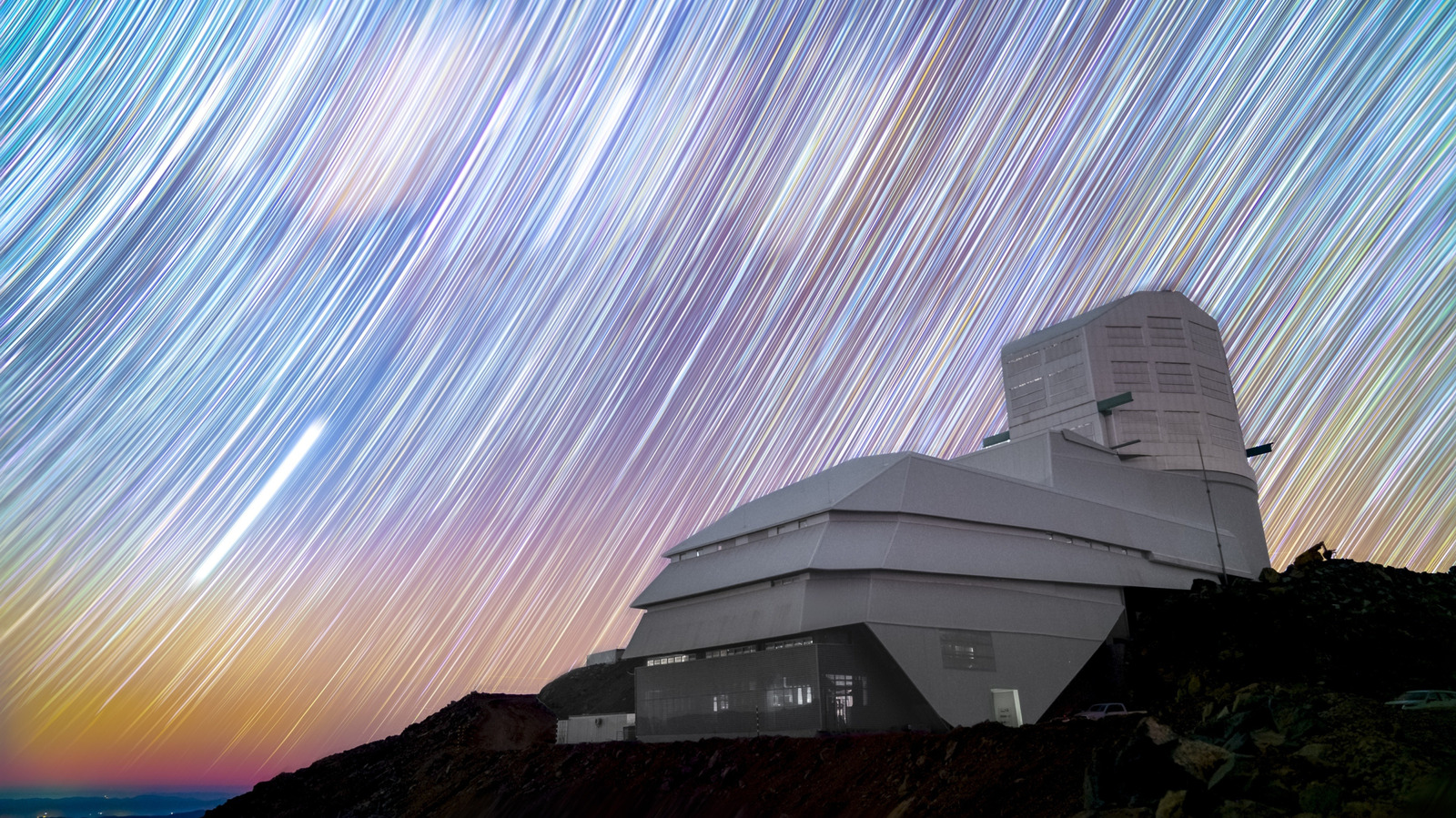
In Its First Year, Rubin Observatory Will Gather More Space Data Than All Other Telescopes In History Combined
How did your country report this? Share your view in the comments.
Diverging Reports Breakdown
In Its First Year, Rubin Observatory Will Gather More Space Data Than All Other Telescopes In History Combined
Vera C. Rubin Observatory discovered 2,104 asteroids in its first ten hours. The observatory is in the mountains of Chile. Its camera is 3,200 megapixels and weighs 6,000 pounds. It has three mirrors, two of which are combined together for a width of 8.4 meters. It is on a ten-year mission to gather data about the universe.
In development since the 1990s, the Rubin Observatory is a joint operation between the Stanford Linear Accelerator Center (SLAC) and NSF NOIRLab. Nestled in the mountains of Chile far from any light pollution, it houses the Simonyi Survey Telescope, which has three mirrors, two of which are actually combined together on a single substrate for a width of 8.4 meters.
This is all to get the light of the cosmos to the camera, which has three lenses, the largest being 1.6 meters wide. That makes for the single largest digital camera ever built, about the size of a car and weighing 6,000 pounds. An iPhone Pro has a 48-megapixel camera, Rubin’s is 3,200.
Its ten-year mission is called the Legacy Survey of Space and Time (LSST), so no shortage of ambition, then. In that time, the observatory is hoping to gather data about the universe. A lot of data. As in, about 20 terabytes per night, ending up somewhere in the neighborhood of about 500 petabytes, or more data than humanity has ever written down, in any language, anywhere, ever. The hope is that by the end of its first year of operation, it will have gathered more space data than all other optical observatories, ever, combined. Feeling small yet?
Source: https://www.jalopnik.com/1914398/new-rubin-observatory-space-data-gathering/
